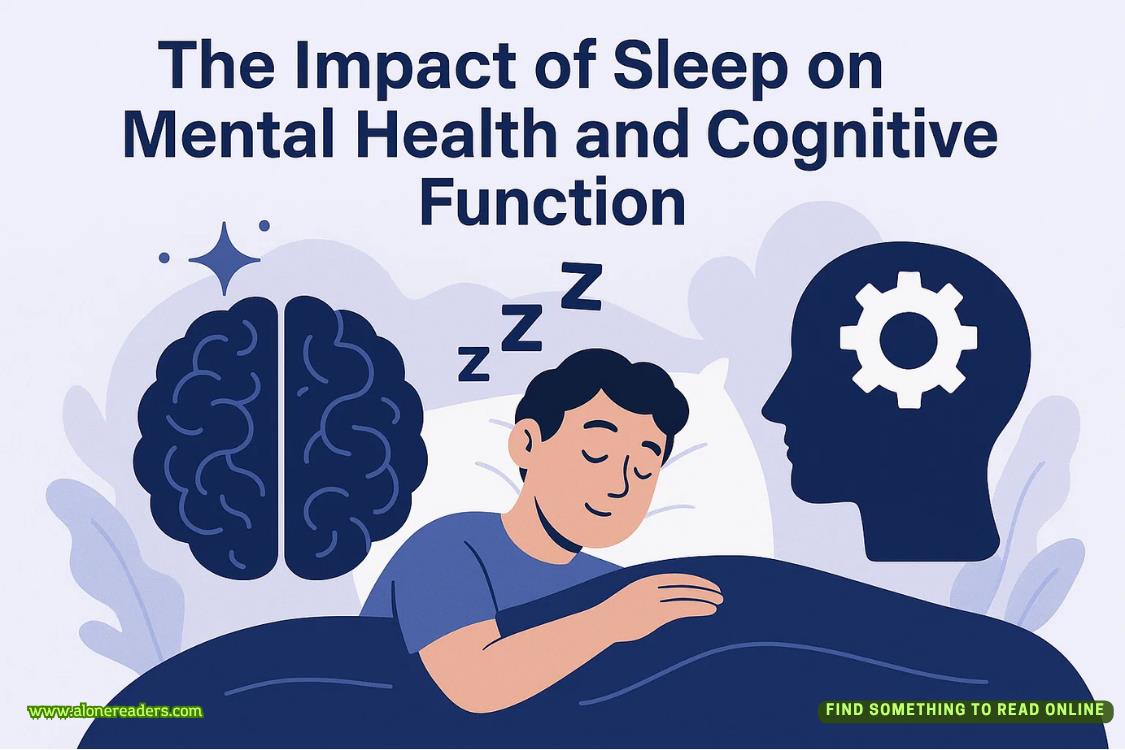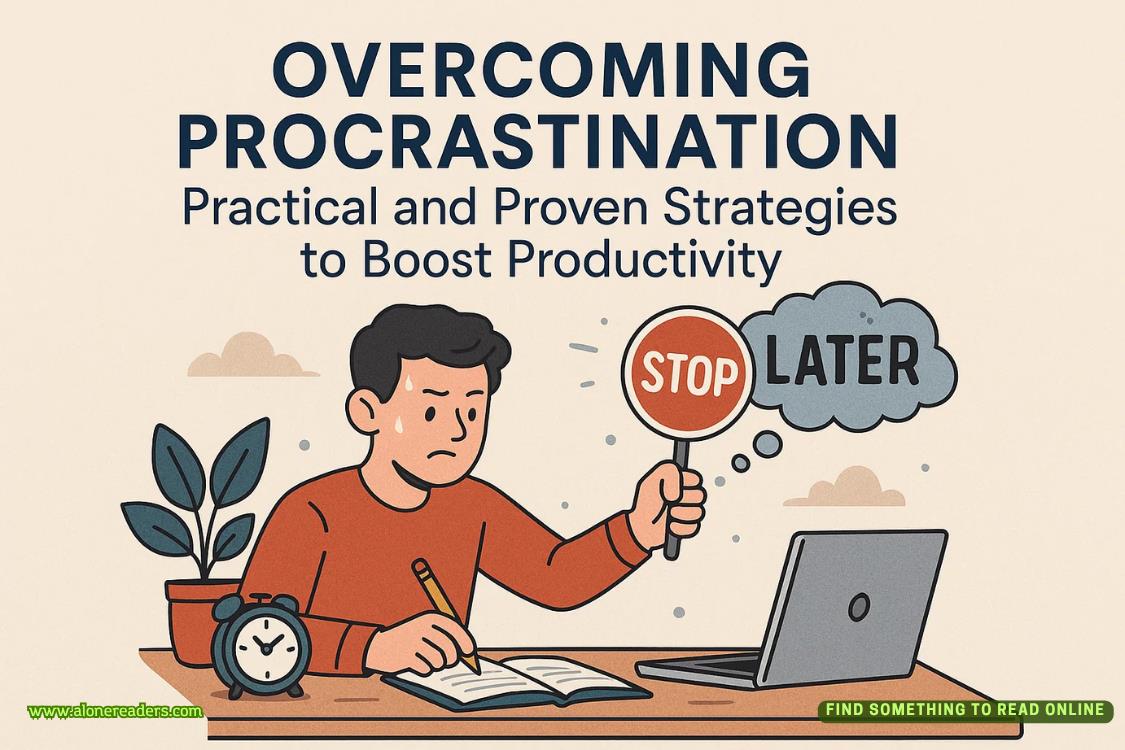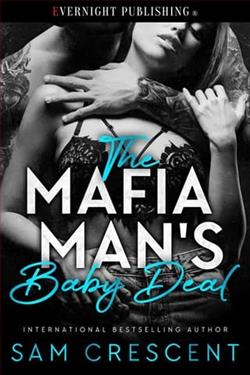Page 43 of Find Me
Carter’s plan was to inspect the rug for himself and then call out a crime scene technician to transport it to the lab and complete the chain of custody record. “So one of your volunteers pulled this out of the dump?” he asked.
East Hampton did not provide public trash services. Residents either paid a private company or schlepped their own garbage and recycling to the processing center. As a result, the crowds there on weekends were a combination of some of the poorest and wealthiest people in town—those who couldn’t afford the alternative, and those who could, but took pleasure in the sense of self-reliance that came from taking out their own trash.
Knowing the physical setup of the local dump, Carter hadn’t understood exactly where the rug had been discovered. To his knowledge, once something was dropped in the dumpster, it was beyond access to the public.
“Oh no, trust me,” Mrs. Streeter said, “these aren’t our employees or officially sanctioned volunteers. It’s a small group of seniors who have taken it upon themselves to scour the dump for possible donations. To tell you the truth, though, most of what they bring to us ends up right back in the dumpster. You know that drop-off center next to the trash cans where you can leave things that others might be interested in?”
Carter nodded. He called it “zombie land.” Every weekend, crowds of people would linger in the area, hoping some multimillionaire would swing by with a truckload of lightly used luxury goods. If a Porsche SUV stopped at the curb, the crowd would swarm toward the fresh meat. A beat-up jalopy? The zombies might not bother to rise from their beach chairs.
“A couple of years ago,” Mrs. Streeter went on to explain, “a few folks began bringing in donations from the drop-off area. Then if they saw anyone tossing something salvageable, they’d ask if they could have it for us instead. But now one of them goes even further and hassles the workers to pull stuff from the dumpsters. I mean, it’s very sweet of them to try, but the other day, they brought in a laminate card table that was missing two legs. Give me a break.”
“So do you know where the rug came from?”
“Oh sure. Bob brought it in himself. Bob Taylor. I’ve got his number written down for you already and told him you’d likely be calling. I think he’s pretty excited about it, to tell you the truth. He’s a hoot, but also a Chatty Cathy, so prepare yourself. He was so proud when he brought in the rug. I got the impression he thought it was a real Persian carpet. He also thought it was a wine stain, but when I saw it for myself... well, I wasn’t going to risk it. Like I said, we weren’t real sure what to do with it, and then I saw the press conference playing on the TV.”
“Do you know when he found it?”
“He got to the dump that Sunday at eight a.m. to get first dibs on the drop-offs, and it was close to the top of the big trash dumpster.”
“Which Sunday was that?”
She calculated the date in her head. It was the morning of the open house at the Stansfields’.
Carter knew that the garbage processing center did not have any surveillance cameras near the dumpsters themselves, but they did have a camera at the entrance’s check-in booth. Maybe he’d get lucky.
Back in his car, Carter reached out to a crime scene technician to follow up with Mrs. Streeter. Next up was the recycling center, to ask them to pull all camera footage from the morning the rug was discovered. He was seven minutes into a conversation with Bob Taylor when he heard the sound of another call coming in. A Manhattan area code. He let it go to voice mail. Mrs. Streeter hadn’t been lying about Bob Taylor’s loquaciousness.
Another six minutes later, he finally hung up. He’d learned nothing new from Bob Taylor but had been able to confirm his account of the rug’s discovery. He hit his phone screen to play the latest voice-mail message.
“Detective Decker, this is Ashley Banks from Tiffany and Company on Fifth Avenue. You sent me that photograph of the double heart sterling silver necklace. I went through our catalogue archives and was able to locate it. We discontinued that piece twelve years ago and launched it five years before that.”
If Alex Lopez had bought the necklace, he certainly hadn’t done so for his current girlfriend. He would have been at most twenty-four years old at the time of the purchase. It occurred to Decker that Lopez could have simply found a lost necklace dropped on his boat and stashed it in a tackle box in case a customer came forward to claim it.
He started his engine, letting Ashley Banks’s message play to the end. “It’s what we call a ‘starter’ necklace, meaning it retailed at a hundred and ten for the basic stainless-steel version you showed me. But here’s the thing, Detective. We have a resident institutionalist—our archivist. He’s been here nearly forty years and knows our merchandiselike the back of his hand. I showed him the old catalogue picture, and I thought he was going to have a stroke. It turns out you’re not the first detective to have asked about this necklace. It has to do with a murder fifteen years ago in Wichita, Kansas.” Carter felt a humming in his ears. “Have you ever heard of Melanie Locke?” This was it. The boom. Finally. “The only thing missing from the house after her husband’s murder was this same piece of jewelry. Anyway, I have no idea if it’s connected, and we sold thousands of these over the years, but call me for the details if you’re interested.”
Carter was definitely interested.
27
Tuesday, June 22, 3:58 p.m.
Lindsay spotted the black Ford Bronco at the far end of the parking lot, as Alex Lopez’s girlfriend had promised.You’re out there looking for your missing friend,she’d said,but the love of my life is dead, and the police won’t even tell me anything, but I know it’s got something to do with that woman.
When Lindsay asked why she would say such a thing, the woman had lashed out.Are you deaf? Because she was stalking him, and now he’s dead! One plus one equals two.
The woman had refused to give her name or any other details.Not unless you tell me who she is. In person. I want to see you and know who you are, too.
Lindsay had a decision to make. Get Hope’s version first, or go talk to the drunk woman. The clear preference was the former, but she needed to get to Atlantic Beach before the woman heard the police alert or sobered up enough to realize that sharing information with a likely suspect’s best friend was a bad move. If this woman was going to claim that Hope had been stalking Alex before his murder—instead of the other way around—Lindsay needed to know that before she arranged for Hope to turn herself in.
Keeping her facial expression neutral, she had told Hope that the call was from a woman who might know why Lopez was interested in Hope. It wasn’t a dishonest answer. Now she had to pray that Hope would keep her promise to stay put at the cottage until Lindsay returned.
Lindsay pulled up next to the SUV, rolled down her window, and waved. The woman at the wheel had plump, suntanned cheeks and bloodshot eyes. She leaned in Lindsay’s direction, and the passenger side door of the SUV opened. Lindsay climbed in.
“Lindsay Kelly,” she said, offering her hand.
“Very funny.”
“It wasn’t meant to be. That’s my name.”















